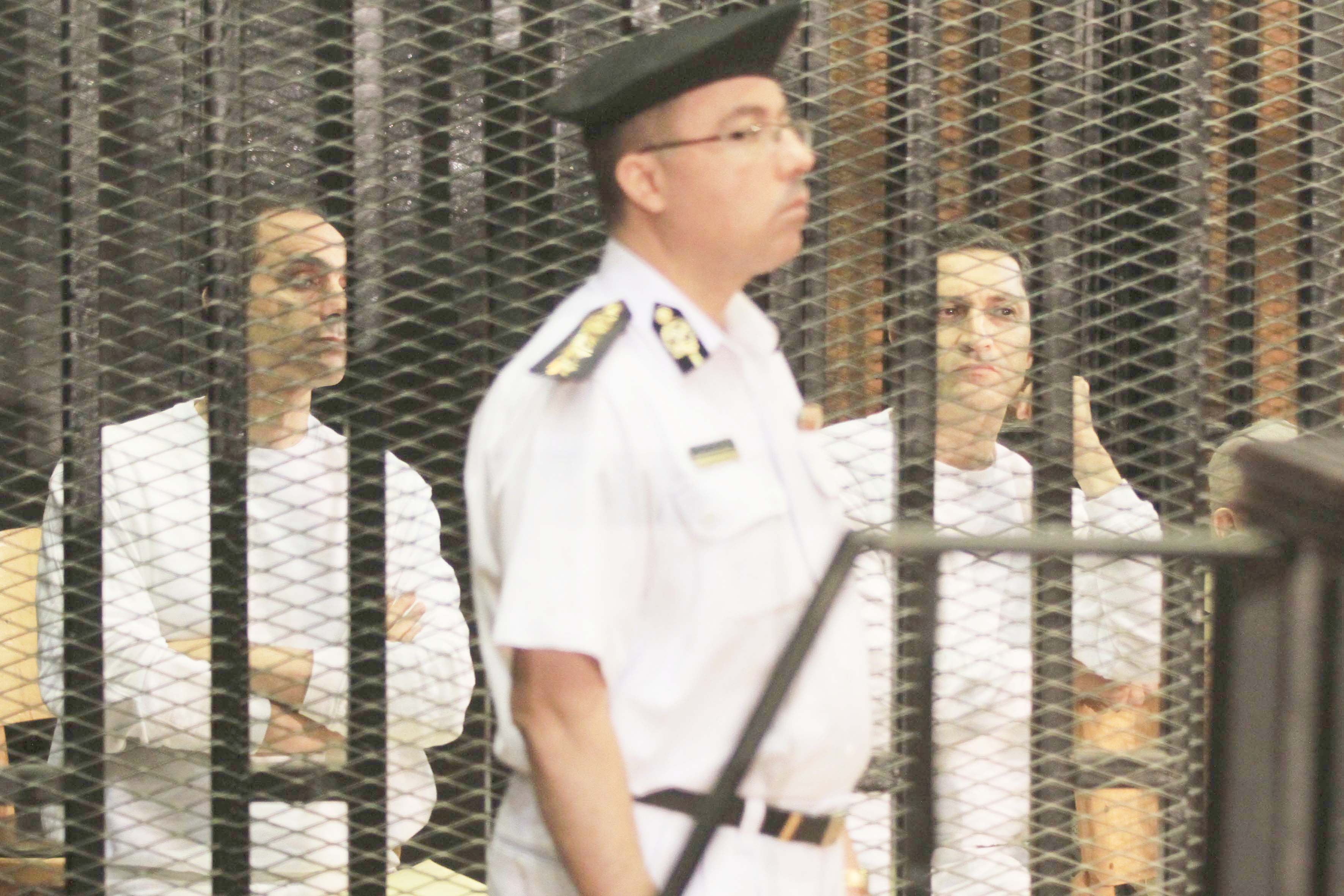ALEXANDRIA: Marine archaeologists around the Meditteranian are joining forces to revive and protect underwater monuments that highlight the historic achievements of their respective cultures.
The Underwater Archaeology Department (UAD) of the Supreme Council of Antiquities, based in Alexandria, is participating in an ambitious two-year project aimed at reviving several underwater archaeological sites around the Mediterranean. Their goal is to sustain the bio-cultural diversity of the ancient sea’s costal cities.
The project is called Archaeomap, short for “Archaeological Management Policies, and is sponsored by UNESCO, the European Union and Sicily Region, a Palermo-based Italian cultural organization.
Among the sites being examined by the project is the site of the Alexandria Lighthouse, the ruins of which are hidden beneath Qaitbey Fort. Also featured are sites belonging to France, Italy, Spain, Tunisia, Lebanon and Malta.
As Alaa Mahrous, the director of UAD, told Daily News Egypt that Archaeomap aims to examine some of the most important sub-aquatic archaeological sites and determine how to raise their public profile, protect their fabric and encourage their continued study.
“The kickoff meeting was held in the Italian city of Palermo, whose underwater archaeology administration suggested the idea of the project, said Mahrous. “The second meeting came last December in Barcelona, Spain and the next meeting is scheduled to take place in November 2008 at the Alexandria Library.
“The sites have already been selected and at every meeting we discuss their re-launch from archaeological, architectural, scientific and socio-economic perspectives, he added.
“By the time the scheduled two-year meetings come to an end we will reach decisions with regard to what should be done.
Among the issues being considered is the damage caused by growing human populations in coastal zones and the pressure of beach tourism. This, it is argued, can lead to the deterioration of natural habitats and damage to the material fabric of sites themselves.
Archaeological attractions can themselves add to the touristic value of any location, but such developments must be well managed to avoid the potential negative consequences.
Citing a case close to home, Mahrous said that the revival of the Alexandria Library had helped to promote and develop the city, but the proximity of other ancient sites to the city’s touristic and other activities is cause for concern.
“The influx of visitors has increased and more hotels and resorts have been built, he said. “Unfortunately, sewerage water as well as the waste of boats continue to be dumped in the Eastern Port on which the site [of the Qaitby Fort] is located.
It is also a target for fisherman’s nets and boatmen’s picnic business.
“Some of the sites under consideration by Archaeomap have been declared archaeological protectorates by UNESCO and other international organizations, but regrettably not the site of the remains of the Alexandria Lighthouse, said Mahrous.
“Our main concern since the event’s inception is to work hard to convince these international organizations that we really care that this particular site becomes an international archaeological protectorate. Once we take this step we would be able to receive the necessary funding for any archaeological plan on this site, he said.
The marine archaeologist said it is still too early to tell what recommendations the project will finally make regarding the lighthouse.
“The project has just launched and we can’t decide until the end of 2009, he said. “Besides the fort, there are a lot of sunken antiquities around the area. We could set up an underwater museum that would be constructed with glass tubes. Also the entrance of the lighthouse could be reconstructed and made accessible to the public.
As for recent calls for the re-building of the lighthouse according to original designs, Mahrous is skeptical.
“If we were to rebuild the lighthouse, what should we do with it? We can’t just have a building without a purpose. I can’t think of any, but a lot is bound to unfold before we take a final decision.

